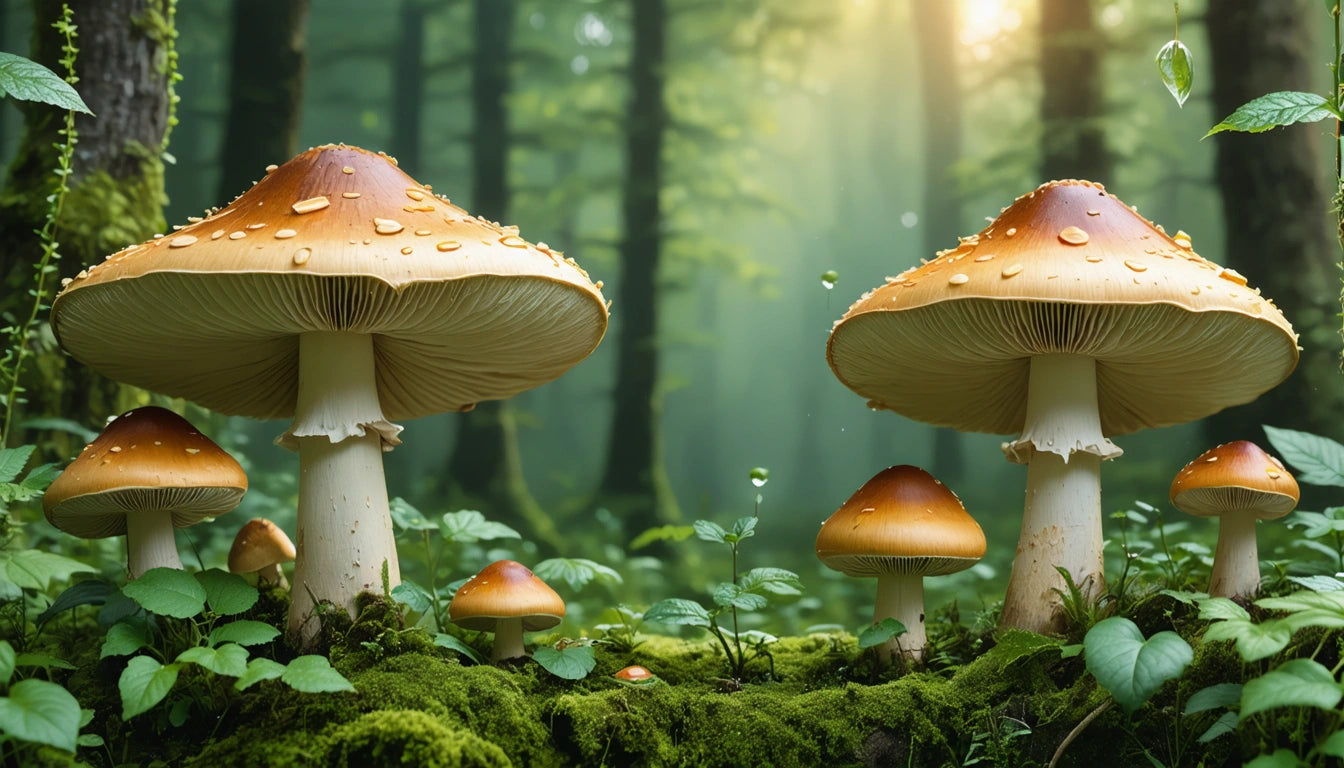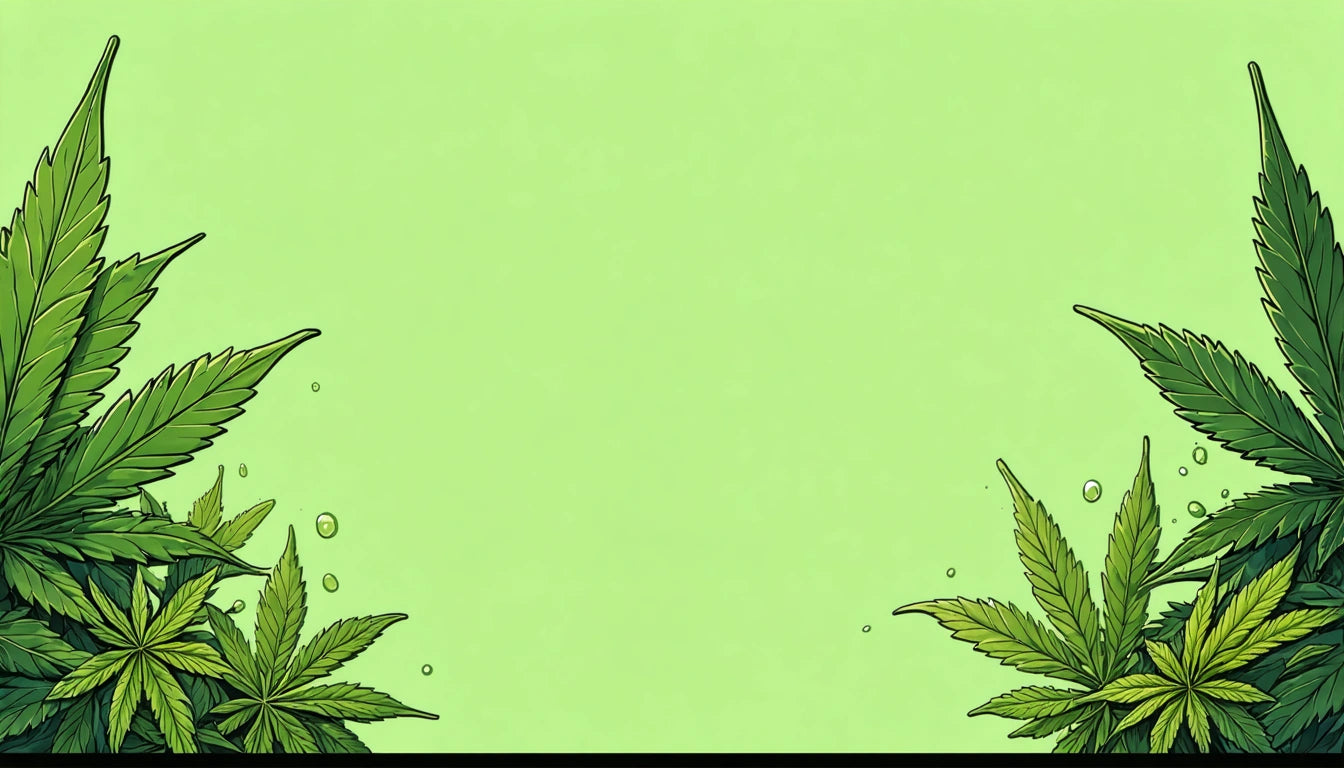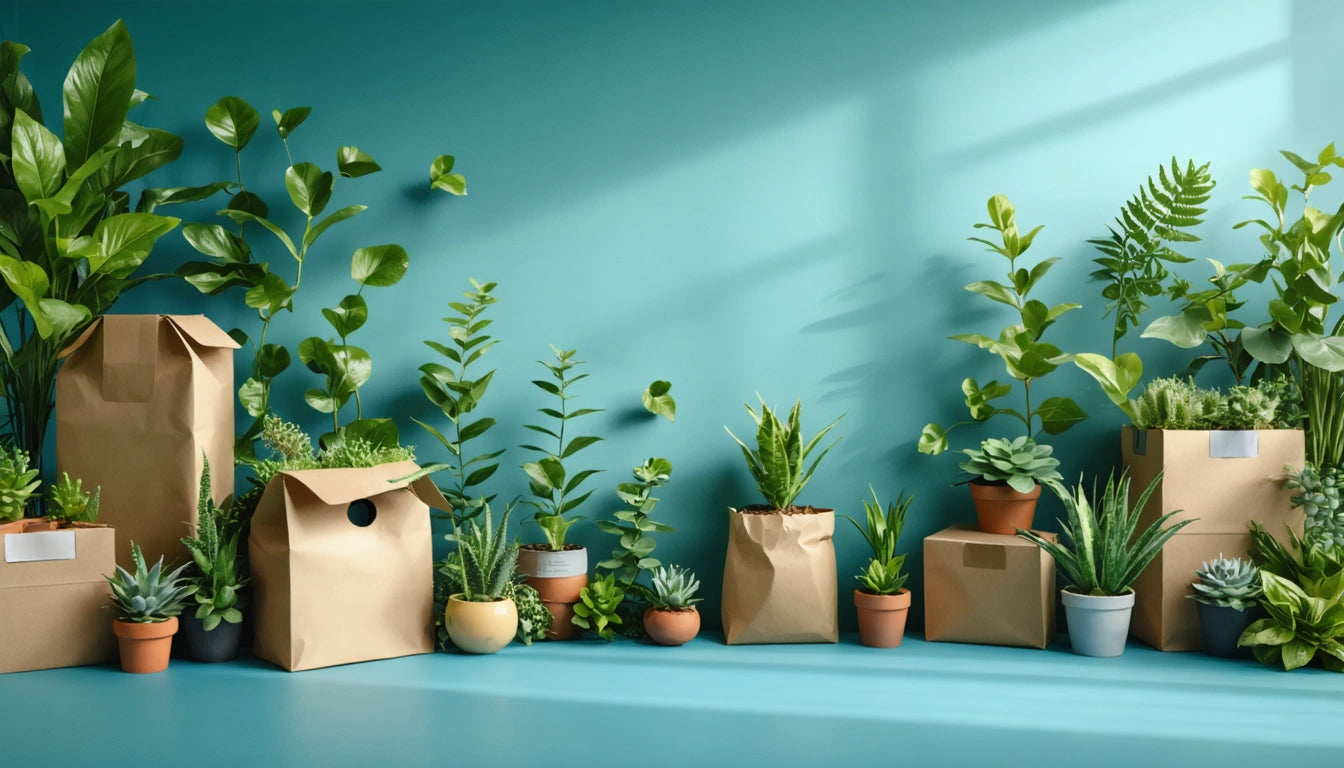Table of Contents
- What Is Mushroom Packaging?
- How Mushroom Packaging Works
- Environmental Benefits of Mushroom-Based Materials
- Practical Applications in Consumer Products
- Comparing Mushroom Packaging to Other Eco-Alternatives
- Implementation Challenges and Solutions
- The Future of Fungal Materials in Sustainable Packaging
Mushroom Packaging Is Real And It's Better Than You Think
Sustainable packaging innovation continues to evolve as brands seek alternatives to traditional plastic and foam. Among the most promising developments is mushroom packaging, a fully biodegradable material grown from agricultural waste and fungal mycelium. This revolutionary packaging solution offers impressive performance characteristics while addressing urgent environmental concerns about packaging waste.
What Is Mushroom Packaging?
Mushroom packaging, also known as mycelium packaging, is a biodegradable material created from the root structure of mushrooms called mycelium. Unlike conventional packaging materials derived from fossil fuels, mushroom packaging is grown rather than manufactured in the traditional sense. The result is a completely natural, compostable alternative to styrofoam and plastic that breaks down harmlessly in soil.
This innovative material represents one of several cutting-edge eco-packaging ideas gaining traction in sustainable product design. Its structure can be engineered to provide cushioning, insulation, and protection comparable to synthetic materials.
How Mushroom Packaging Works
The Growth Process
The production process begins with agricultural byproducts like corn stalks, hemp hurds, or sawdust. These materials would otherwise be considered waste but serve as the perfect growing medium for mycelium. The substrate is cleaned, mixed with mycelium spores, and placed into molds of the desired packaging shape.
Over several days, the mycelium grows throughout the agricultural waste, binding it together into a solid structure. Once fully grown, the material is removed from its mold and dehydrated to stop the growing process, resulting in a stable, lightweight packaging material.
Manufacturing Considerations
While the growth process differs significantly from traditional manufacturing, the final production stages can integrate with existing packaging operations. Companies transitioning to mushroom packaging can utilize specialized filling equipment for their sustainable packaging lines, helping maintain efficiency while implementing this eco-friendly alternative.
Environmental Benefits of Mushroom-Based Materials
- Fully biodegradable in home compost settings within 45-90 days
- Grown from agricultural waste, creating value from byproducts
- Requires minimal water and energy during production
- Creates zero toxic waste during manufacturing or disposal
- Carbon-negative when accounting for full lifecycle analysis
These benefits align with broader industry trends toward closed-loop packaging systems that minimize environmental impact throughout the product lifecycle.
Practical Applications in Consumer Products
Mushroom packaging has moved beyond theoretical applications to practical implementation across multiple industries:
Electronics and Fragile Items
Companies like Dell and IKEA have incorporated mushroom packaging for shipping delicate electronics and home goods, replacing styrofoam inserts with custom-grown mycelium forms that provide equal or superior protection.
Food and Beverage
In food applications, mushroom packaging offers unique advantages. Unlike some edible packaging alternatives, mushroom materials maintain structural integrity while still being fully compostable after use.
Cosmetics and Personal Care
Luxury brands are adopting mushroom packaging for premium cosmetics, leveraging both its environmental benefits and its unique aesthetic qualities that communicate natural authenticity to consumers.
Comparing Mushroom Packaging to Other Eco-Alternatives
When evaluating sustainable packaging options, it's important to compare performance across multiple dimensions:
Mushroom vs. Bioplastics
While bioplastics offer certain advantages, many require industrial composting facilities to break down properly. Mushroom packaging decomposes naturally in home composting environments without specialized facilities.
Mushroom vs. Molded Pulp
Both materials offer strong environmental credentials, but mushroom packaging typically provides superior cushioning and insulation properties compared to molded paper pulp. It can also be grown into more complex shapes with fewer production limitations.
Implementation Challenges and Solutions
Despite its benefits, mushroom packaging faces several adoption hurdles:
Scale and Production Time
The growth process takes days rather than hours, requiring different production planning than traditional materials. Companies can address this by implementing phased transition plans and maintaining buffer inventory during peak seasons.
Cost Considerations
Currently, mushroom packaging typically costs more than conventional alternatives, though prices continue to decrease as production scales. Brands can offset these costs through improved brand perception and customer loyalty that comes with sustainable packaging choices.
Moisture and Shelf Life
Untreated mushroom packaging can be sensitive to prolonged moisture exposure. Manufacturers have addressed this by developing water-resistant coatings that maintain biodegradability while improving durability in varied conditions.
The Future of Fungal Materials in Sustainable Packaging
Mushroom packaging represents just the beginning of fungal materials in sustainable design. Research continues to expand applications beyond protective packaging into structural materials, textiles, and even building insulation. As production methods improve and consumer demand for sustainable alternatives grows, mushroom-based materials are positioned to replace many conventional plastics and foams across industries.
For brands looking to demonstrate environmental leadership, mushroom packaging offers a compelling story that resonates with eco-conscious consumers while delivering functional benefits that meet or exceed traditional materials. When considering sustainable packaging trends for the future, fungal materials stand out as one of the most promising innovations with practical, immediate applications.











Leave a comment
All comments are moderated before being published.
This site is protected by hCaptcha and the hCaptcha Privacy Policy and Terms of Service apply.